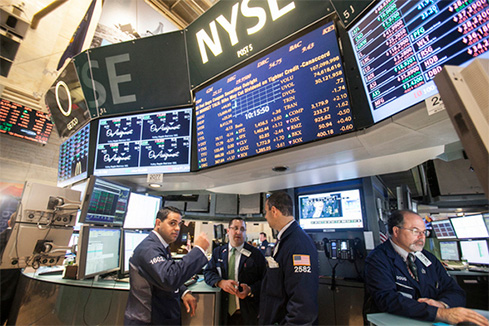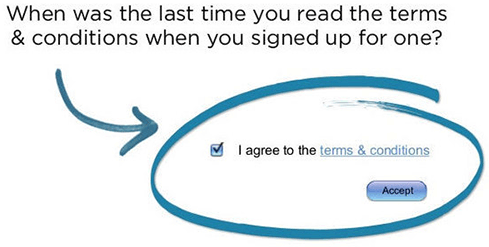04:56 AM
These Servers Are Really Cool
Over the past year, chip, server and rack vendors have all come up with ways to make their hardware more energy efficient, and HP, IBM, Sun and Dell seem to be campaigning for whose equipment runs the coolest.
At the same time, the vendors also are making a show of working together. Along with AMD, Intel, Microsoft, Rackable Systems, SprayCool, VMware and American Power Conversion, the four major server makers all have joined the Green Grid, a nonprofit organization intent on improving energy efficiency for data centers.
Wall Street is snapping up the new, cooler chips and servers. "When we put new servers into service, one of our main design criteria is: What is the optimal compute capacity per kilowatt of power draw?" says Steve Hilton, managing director and head of enterprise servers and storage at Credit Suisse.
Here are some of the "cool" new offerings from various technology providers:
Dell: In December, Dell rolled out two PowerEdge rack servers that use 20 percent less power than the standard versions. The Energy Smart versions of Dell's 1950 and 2950 servers also deliver up to 25 percent greater performance per watt.
The vendor's OptiPlex line of desktops were also built with energy efficiency in mind. Dell also offers a downloadable Datacenter Capacity Planner.
Hewlett-Packard: HP is seeing a dramatic shift toward blades because of the better density, power and cooling they provide, as well as improved virtualization. The HP BladeSystem C Class, launched last June, is designed for power and cooling efficiencies, and HP claims it performs 32 percent better in power consumption than a traditional rack.
HP's Dynamic and Static Smart Cooling uses modeling technology to model the air flows in a data center. HP also offers a water-based heat exchanger that bolts on to the side of a standard 19-inch rack and cools it with chilled water piped in from underneath the floor.
IBM: IBM's CoolBlue solutions try to deliver energy efficiency from initial data center assessment through budgeting and planning through to divestiture. CoolBlue Power Executive lets clients collect, cap and control their power usage.
IBM also offers a rear-door heat exchanger, a water-cooled enclosure that, according to the company, can remove about 55 percent of heat dissipated in the back of a rack and turn that into cold air.
Sun Microsystems: Sun Microsystems says its T1000 and T2000 servers "sip" energy like a light bulb. These servers offer Sun's CoolThreads multithreading technology (which provides 32 simultaneous processing threads on an eight-core processor), consume one-third less energy, generate less heat and take up one-half the space in the datacenter while delivering twice the performance of competing x86 servers, according to the vendor.
Sun's Solaris 10 contains its own quasi-virtualization technology called "containers" that helps improve utilization of Solaris 10 servers. (True virtualization software works across all platforms.)




















